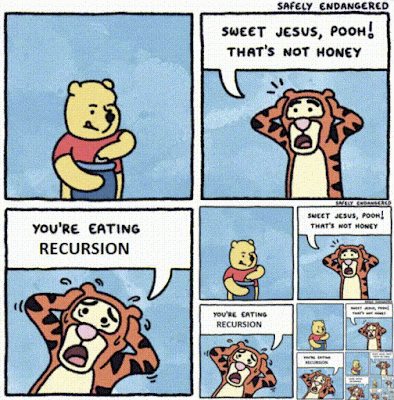The Knowns, The Unknowns, and Engineering

In an earlier post , I described a way of making decisions based on the type of problems that you are facing. I won’t repeat it — go read the original post — but the key point is that the way you go about making decisions really should depend on the type of situation you’re in. /via https://www.thingsinsquares.com/comics/google-maps/ Think about directions to get somewhere. If you’ve never been there before, well, Google Maps to the rescue. But what if data service is sucky (it happens sometimes!)? Do you ask for directions? What if there is nobody to ask, d’you explore? Or go back and print out directions at home? So yeah, the specifics of the situation affect the way you go about resolving them. And to get slightly Rumsfeldian , most situations can be broken out into the following four categories 1. Known Knowns : You’ve solved this specific problem before, and can totally do it again. Heck, you can automate the solution, or if it is a manual thing...






